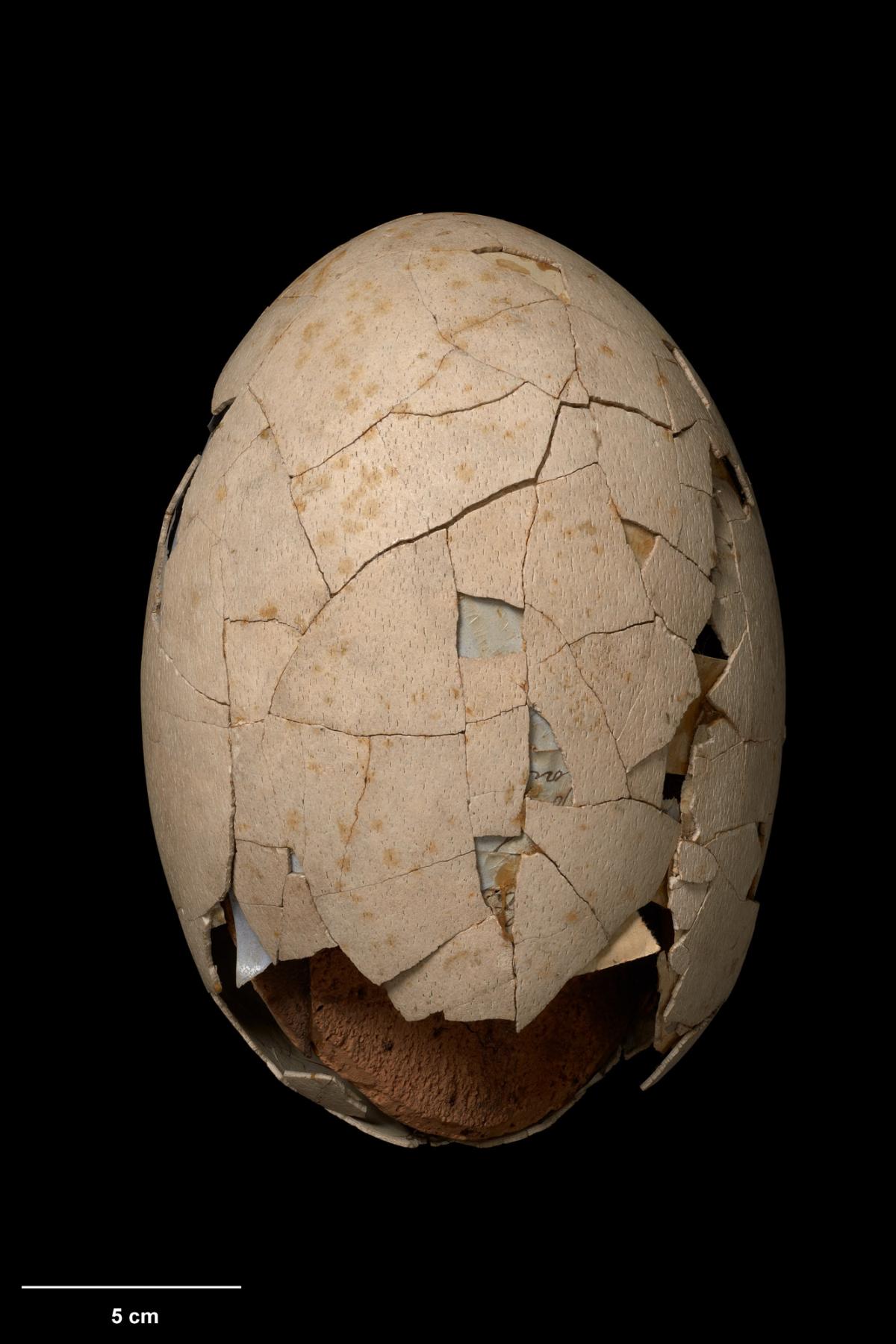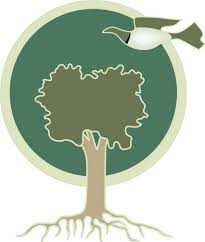Gone but Never Forgotten
– Aotearoa’s Largest Bird May Live On –

Nearly everyone knows that moa are an extinct endemic bird of Aotearoa, but not everyone knows that moa survived for nearly 500 million years before humans came to Aotearoa and then BAM! A mere 2 centuries later they were completely extinct. Read on to find out more about how they became extinct, and more importantly about how scientists are figuring out a way to bring Moa back to Aotearoa hundreds of years later! But first – some background information on our largest endemic bird.
General Information
Did you know that moa that scientists can tell what moa used to eat before they became extinct? Well scientists found twigs, seeds, fruit and leaves inside the preserved stomach of a moa. Dinornis giganteus, which was one of the moa species, was recorded as the tallest bird to ever live at 3 metres tall! Moa, like the kiwi were a flightless bird.
While it’s impossible to really know what a moa looked like, it is thought that moa looked a bit like an emu, with a domed back. They had three front-facing toes on each foot and a small toe at the back. Their feathers were rough and furry.

Female moa were usually larger than males. The largest were female giant moa, at about 2 metres tall and weighing over 250 kilograms. Male moa looked after the eggs as they were lighter than the females. Some moa, such as Mantell’s moa, and males of northern populations of stout-legged moa, were smaller than a turkey.
So How’d They Become Endangered?
Well, as I’ve already mentioned, moa survived for 500 million years before humans came, then within 200 years, they became extinct. It is thought that when Maori came to Aotearoa they used the moa for their meat, their feathers (for clothing), and for their bones (to carve fishing hooks and jewellery etc). At the time, people weren’t necessarily aware of the decline of the number of moa around and how long they take to repopulate. These days, most iwi and councils have regulations around how many animals can be hunted at a time or how big animals have to be before you can hunt or fish them. Luckily, now we have heaps of technology to show us when our wildlife is becoming endangered, like the kereru, tui and kaka, just to name a few, and we can do things about it before it’s too late!

Return of the Moa – De-Extinction
Scientists now have the technology to ‘de-extinct’ the moa, you read that right, BRING THE MOA BACK FROM EXTINCTION! They’ve got most of the DNA they need from preserved moa bones and can get the rest from other bird DNA such as an emu. Imagine just casually going for an educational walk around Zealandia and bumping into a moa – crazy, right? The two big questions are: if they did bring them back, who would teach a moa how to be a moa if there was no moa before them and where would they live? Epic things to think about, remember the world is in your hands!

LONG VIVE THE MOA
long live the MOA
Wow, imagine if we did have moa again!
we dont